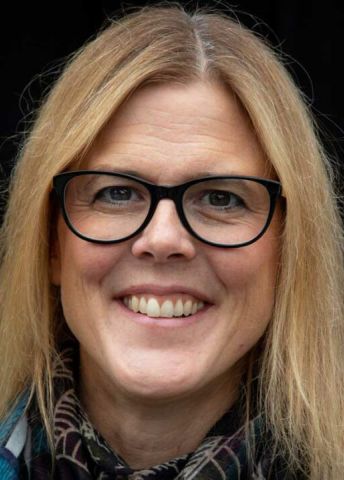
Anna Rising
Professor of Veterinary Medicine Biochemistry
Wallenberg Scholar
Institution:
Swedish University of Agricultural Sciences
Research field:
Biomimetics
Professor of Veterinary Medicine Biochemistry
Wallenberg Scholar
Institution:
Swedish University of Agricultural Sciences
Research field:
Biomimetics
Revealing the secrets of spider silk
Anna Rising wants to explore and reveal how spiders spin their silk - the toughest fibre we know. She wants to understand how the spider's specialized glands work and how the spiders have solved problems linked to massive protein production. The results may make it possible to replace plastic fibres with more environmentally friendly alternatives, and they may also be important for the pharmaceutical and food industries.
Spiders have evolved during more than 400 million years, and today, a single spider can spin up to five types of silk fibres with different mechanical properties. Among these is the toughest fibre known to man, the major ampullate silk. This fiber can be spun at an impressive speed without the use of high temperatures, strong chemicals or solvents. Much suggests that the spiders have developed unique mechanisms to accomplish this - mechanisms that are unknown today, but could teach us a lot about nature's own solutions to problems that also affect humans. One example is diseases caused by proteins that clump together, such as Alzheimer's and Parkinson's disease.
Anna Rising's research group has discovered that the spiders' silk glands and the silk fibres are both much more complex than previously thought, as they involve more cell types and more proteins than previously known.
First to produce artificial spider silk
An important goal is to clarify the cellular architecture and function of the silk gland which will give clues to how spiders manage the feats of massive protein production and conversion of the stored proteins solution into fibres within milliseconds. Another is to develop a machine learning module that can describe the relationship between the protein composition of a fibre and its mechanical properties, which could make it possible to a priori design protein mixtures that result in fibers with desired mechanical properties. In addition, the researchers want to explore the function of hitherto unknown spider silk proteins.
Rising's laboratory was the first to produce artificial spider silk using a method similar to that of spiders, using only water-based solutions and non-denaturing conditions. However, these fibres are not as strong as native spider silk fibres, and the reason may be that important components are missing, and/or that the spinning method needs to be improved. These aspects will also be investigated, with the aim of making it possible to produce fibres with supreme properties.